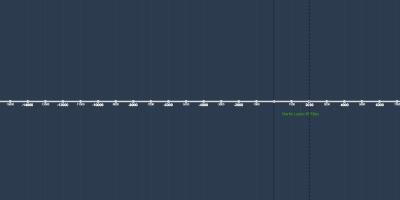8 janv. 1700 - Fortepiano
Description:
The fortepiano has leather-covered hammers and thin, harpsichord-like strings. It has a much lighter case construction than the modern piano and, except for later examples of the early nineteenth century (already evolving towards the modern piano), it has no metal frame or bracing. The action and hammers are lighter, giving rise to a much lighter touch, which in well-constructed fortepianos is also very responsive. The range of the fortepiano was about four octaves at the time of its invention and gradually increased. Mozart (1756–1791) wrote his piano music for instruments of about five octaves. The piano works of Beethoven (1770–1827) reflect a gradually expanding range; his last piano compositions are for an instrument of about six octaves. (The range of most modern pianos, attained in the 19th century, is 7⅓ octaves.) Fortepianos from the start often had devices similar to the pedals of modern pianos, but these were not always pedals; sometimes hand stops or knee levers were used instead. Fortepianos also tend to have quite different tone quality in their different registers – slightly buzzing in the bass, "tinkling" in the high treble, and more rounded (closest to the modern piano) in the mid rangeAjouté au bande de temps:
Date:
8 janv. 1700
Maintenaint
~ Il y a 325 ans
